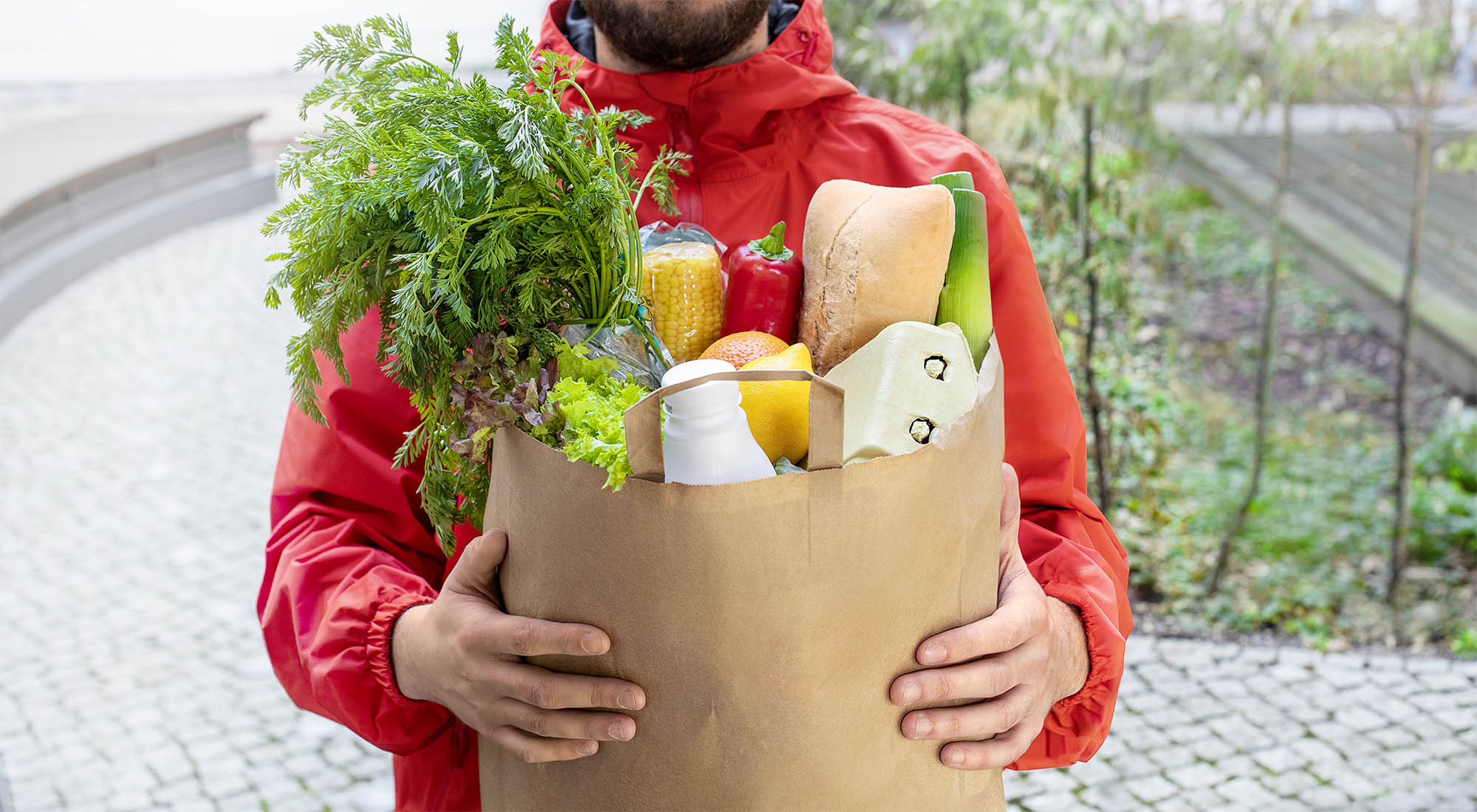In the ever-evolving landscape of e-commerce, marketers must remain vigilant to stay ahead of emerging trends. With Deliveroo’s recent expansion into grocery delivery, you may be wondering how this development could impact marketing strategy in 2024. Drawing on insights from industry leaders and marketing experts, this article will examine the rise of rapid grocery delivery, predict its disruptive potential, and advise how brands can adapt accordingly. By analysing Deliveroo’s innovative business model through a strategic lens, you will gain perspective on how to prepare your marketing plans for the supermarket coming to your customer’s doorsteps. Timely adaptation and smart partnerships with delivery platforms could be key to retaining consumer mindshare. Read on to uncover what’s next in this accelerating space.
How Deliveroo Is Transforming Online Grocery Shopping
Meeting Customer Demand for Convenience
According to recent surveys, over 60% of consumers prefer shopping for groceries online versus in-store. Deliveroo has tapped into this demand by partnering with supermarkets to offer grocery delivery within 30 minutes.
An Extensive Range at Competitive Prices
Deliveroo’s grocery delivery service provides access to over 4,000 products from brands like Co-op, Morrisons, and Aldi at the same prices as in-store. Customers can find fresh produce, dairy, meat, and household essentials, allowing them to do a full grocery shop from the comfort of home.
Advanced Fulfilment Capabilities
Deliveroo’s network of more than 3,000 riders supports the rapid fulfillment and delivery of grocery orders. Using proprietary algorithms, Deliveroo efficiently batches orders together and dispatches them to riders who then deliver the groceries directly to customers’ doors within 30 minutes.
Looking Ahead
Deliveroo’s early success in the online grocery market shows the potential for continued growth. As more consumers adopt grocery delivery and demand increases, Deliveroo aims to expand its grocery partnerships to provide an even wider range of products and faster delivery times. With advanced technology and logistics capabilities, Deliveroo is poised to transform the online grocery shopping experience.
Overall, Deliveroo has demonstrated how meeting customer needs for convenience and value, combined with innovative operational efficiencies, is paving the way for the future of grocery e-commerce. Marketers should take note of these trends to stay ahead in an increasingly on-demand world.
The Convenience of Getting Groceries Delivered to Your Door
Online grocery delivery services like Deliveroo are transforming the way we shop for food and household essentials. According to a survey by Kearney, 70% of consumers have tried grocery delivery or pickup for the first time during the COVID-19 pandemic.
Convenience and Safety
The most obvious benefit of grocery delivery is convenience. There’s no trudging through stores, waiting in checkout lines, or loading bags into your car. Groceries are delivered directly to your door, saving you time and hassle. During the pandemic, delivery also provides safety by limiting exposure in stores.
Choice and Value
Grocery delivery services offer plenty of choice. You can shop from a wide range of products and brands, often at lower prices than in stores. Deliveroo partners with major supermarkets like Waitrose and Morrisons, providing access to over 15,000 grocery and household products. They frequently run promotions and offers to provide value to customers.
An Easier Way to Grocery Shop
Between work, family, and other responsibilities, grocery shopping can feel like an arduous chore. Online grocery delivery makes the task simpler and more efficient. You can browse, select, and pay for groceries from anywhere using your smartphone, tablet, or computer. Your order will be hand-picked and delivered during a time slot that suits you.
For marketers, the growth of grocery delivery services signals an opportunity to reach customers in new ways. Partnering with Deliveroo and similar platforms can open up a new sales channel to promote your products. As more people adopt grocery delivery as a habit, brands that make the experience as seamless as possible will build lasting customer loyalty.
Deliveroo‘s Rapid Expansion Beyond Restaurant Delivery
Deliveroo initially launched as a restaurant meal delivery service, but in recent years, it has expanded into delivering groceries and household goods through partnerships with supermarkets and stores. According to research from Mintel, the UK online grocery market grew by 9.3% in 2020 to reach £17.9 billion, indicating strong growth potential for Deliveroo in this area.
Expanding offerings
Deliveroo now offers delivery from major supermarkets such as Waitrose, Sainsbury’s, and Co-op in select UK cities and towns. Customers can order groceries, meal kits, household essentials, and alcohol through the Deliveroo app and have items delivered in as little as 20 minutes. According to a Deliveroo company announcement, “Deliveroo’s grocery delivery service means you can get everything from bread and milk to a full weekly shop delivered straight to your door.”
Meeting evolving needs
Expanding into more product categories demonstrates Deliveroo’s ability to adapt to changing consumer needs and habits. During the COVID-19 pandemic, demand for grocery delivery services surged as customers avoided crowded stores. Deliveroo was well-positioned to capitalize on this shift. As more consumers discover the convenience of on-demand grocery delivery, Deliveroo benefits from a potential long-term behavior change.
Marketers should closely monitor trends in on-demand delivery to stay competitive and look for opportunities to expand into high-demand product categories. Forming partnerships with established brands in other industries is an effective way for companies to diversify their offerings, reach new audiences, and drive additional revenue. Companies that can adjust to changes in consumer preferences nimbly will be best equipped to thrive in the on-demand economy.


